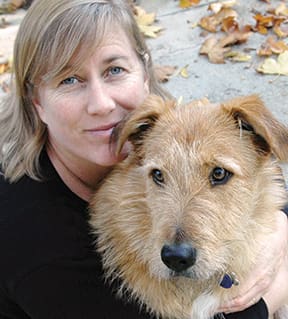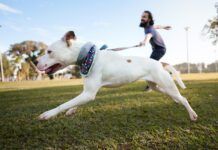Cowboys are typically laconic, but I never forgot the one-word summation of the well-known reined cowhorse trainer in reference to a colt I was working with many years ago. He watched closely as I put the colt through his paces: walk, trot, lope, reverse directions, and smoothly slide to a stop. I was pleased with the colt’s work that day; he was willing yet relaxed, engaged, and seemed appreciative of the strokes I gave his glistening coat as we walked over to the rail to talk to my trainer acquaintance. “What did you think of him?” I asked. The far more experienced horseman squinted and paused before he responded. “Useful,” he drawled. I must have looked disappointed, because after a moment, the trainer elaborated. “Yep, he looks useful . . . . That’s a damn fine colt.”

288
After more exposure to the trainer (as a participant or spectator in an occasional training clinic) I gradually realized that “useful” was one of his highest compliments – and I embraced the word. What a good goal it is to strive to be useful! (And in contrast, can you imagine anything more insulting than to be deemed “useless”?)
Above all else with WDJ, being useful is our objective. We’re trying to present you with clear, accessible instruction and enough in-depth information about any given topic to enable you to make sound decisions about your dog’s health and training. And if I do say so myself, this issue hits the target.
– In “Gear of the Year,” a number of our regular contributors offer information about some of the training and dog-care tools they use the most and like the best.
– In “Positively Winning,” author/trainer Stephanie Colman discusses how owners and trainers keep their dogs enthusiastic and precise in the obedience ring – where no treats, toys, or praise is allowed. If you’ve ever wondered when and how you can reduce the number of treats you need to give your dog without losing his enthusiasm, read this!
– Infectious canine hepatitis made a comeback in the United States in 2012, necessitating a review of vaccination protocols. In “An Old Infectious Disease Is New Again,” on page 12, Denise Flaim tells you what you need to do to ensure that your dog is protected.
WDJ’s Training Editor, Pat Miller, explains how training and managing large and giant breeds differs from training smaller dogs in “Going Big.” She also discusses the responsibilities that are unique to the owners of large dogs.
– Trainer Nannette Morgan found herself in need of specialized equipment and knowledge to help her care for her dogs while recovering from her own major surgery. In “Dog Care When You’re Down,” she shares her tips for making sure that she and her dogs didn’t just survive her convalescence, but thrived.
Useful? I hope so. Of course, I’m not wishing major surgery on any of you! But hang onto the issue; even if information about worthwhile products, show ring competition, puppy vaccines, giant breeds, or temporary disability is not useful to you right now, if you own dogs long enough, all of those articles should be useful to you at some point. At least, that’s our goal.






